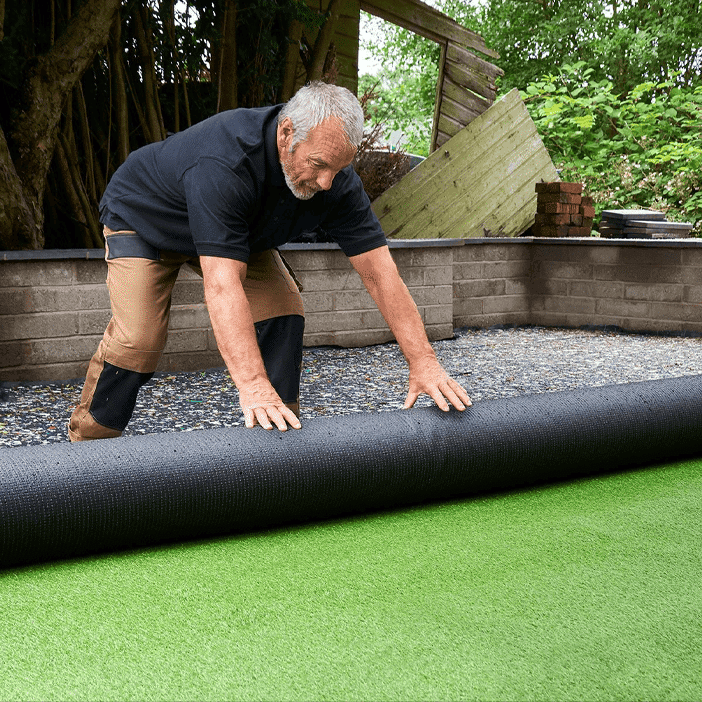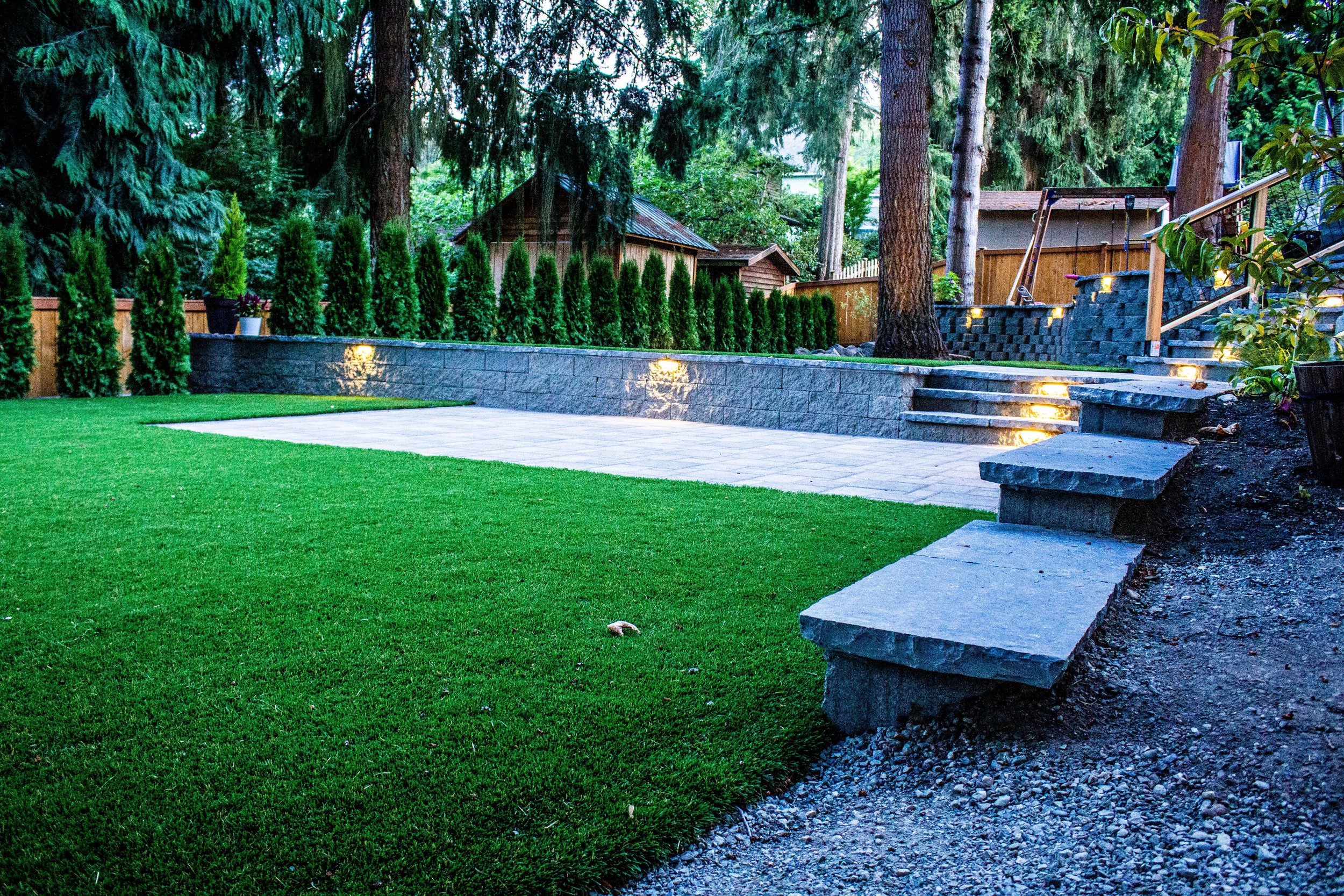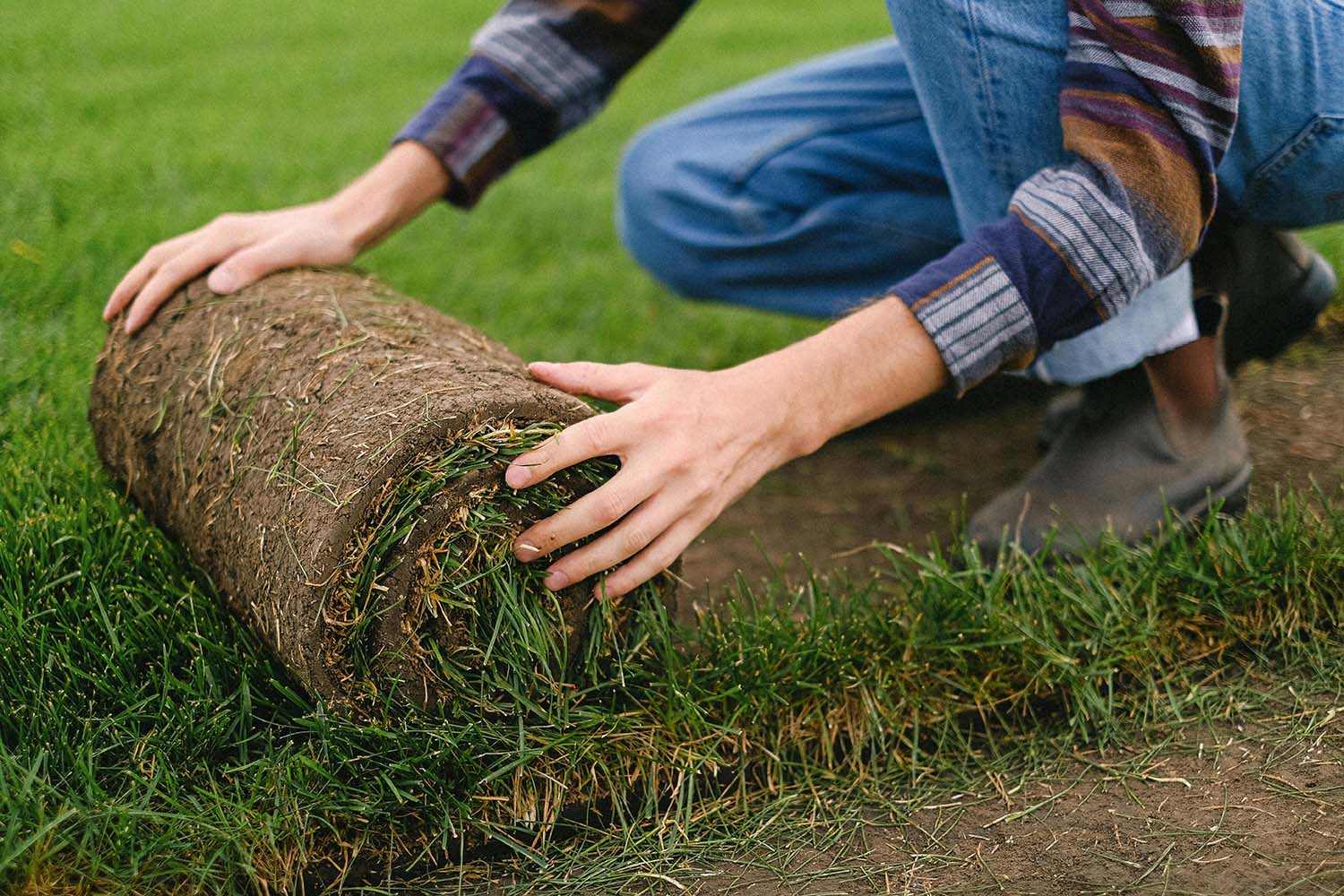Top Phoenix Turf Companies Delivering Premium Synthetic Lawn Products
Top Phoenix Turf Companies Delivering Premium Synthetic Lawn Products
Blog Article
Explore the Environmental Conveniences of Opting for Artificial Lawn Solutions
The fostering of artificial lawn solutions provides an engaging possibility to deal with pushing environmental difficulties. By considerably lowering water usage and reducing the application of hazardous chemicals, these options not just advertise sustainable landscape design however also secure neighborhood ecosystems.
Water Conservation Perks
One of the most significant advantages of artificial lawn is its ability to save water. In comparison, synthetic turf does not need watering, substantially lowering the general demand for water resources.
By eliminating the demand for routine watering, artificial grass adds to sustainable landscape techniques and assists reduce the ecological effect of excessive water consumption. The conservation of water extends to the decrease of drainage, which can lead to soil disintegration and waterway contamination.
In addition, the setup of synthetic grass allows property owners and districts to assign water sources much more successfully, concentrating on necessary uses such as alcohol consumption water and agriculture. The shift in the direction of synthetic turf not only promotes responsible water use yet also straightens with more comprehensive environmental goals targeted at maintaining natural deposits.
As communities progressively focus on sustainability, the water preservation benefits of synthetic grass present a compelling situation for its adoption in commercial and household landscape design tasks.
Lowered Chemical Use
The change to fabricated lawn significantly decreases the dependence on chemical therapies generally made use of in all-natural yard upkeep. Standard grass administration commonly involves the application of chemicals, herbicides, and fertilizers to promote growth and control parasites. These chemicals can pose threats to human wellness, regional wild animals, and the atmosphere, contributing to soil and water contamination.
In contrast, man-made grass removes the requirement for these dangerous substances. By lessening the release of synthetic substances into the environment, artificial grass advertises healthier dirt and water systems.
Furthermore, the lack of chemical drainage connected with synthetic grass installments assists secure neighborhood waterways from contamination, sustaining aquatic life and preserving biodiversity. Turf installation phoenix az. As neighborhoods significantly prioritize lasting practices, going with synthetic grass offers a practical remedy that aligns with environmental preservation goals. Via this shift, homeowner can enjoy rich environment-friendly spaces without jeopardizing eco-friendly health, leading the way for an extra sustainable future
Lower Carbon Impact

In addition, the installation of synthetic grass can result in considerable water conservation. Natural yards call for significant quantities of water for irrigation, which not just contributes to the carbon impact connected with water extraction and therapy yet also pressures neighborhood water resources. In comparison, artificial grass needs marginal upkeep, requiring no watering, consequently considerably reducing water usage and its associated power prices.
In addition, the long life of synthetic grass adds to its lower carbon influence. With a life expectancy of approximately 15 years or even more, the demand for constant substitutes is reduced, leading to less waste and lower energy intake in production and getting rid of standard turf options. In general, synthetic turf presents a sustainable option for environmentally conscious landscaping.
Environment Preservation
Habitat conservation is a critical factor to consider in the discussion over landscaping choices, specifically when contrasting man-made grass to natural grass. All-natural turf lawns frequently require extensive maintenance, including my site the usage of herbicides, fertilizers, and pesticides, which can detrimentally affect local environments. These chemicals can leach right into the soil and rivers, hurting native vegetation and animals and disrupting neighborhood environments.
In contrast, fabricated grass presents a possibility to minimize the ecological impact of landscape design. By opting for artificial turf, property owners can decrease the interruption of natural habitats linked with traditional lawn care techniques. Synthetic grass removes the need for unsafe chemicals, thus securing neighboring wildlife and preserving the stability of bordering communities. The installment of fabricated lawn can lead to the conversion of former grass areas into more biodiverse landscapes, such as pollinator gardens or native plant locations, which can sustain neighborhood wild animals.
Inevitably, the change to synthetic grass not only saves water and minimizes maintenance efforts but also promotes a much more unified connection in between human activities and the natural surroundings, advertising habitat preservation in the procedure.
Long-Term Sustainability
Lasting sustainability is a crucial consider reviewing the benefits of synthetic turf over typical lawn lawns. Among one of the most considerable benefits of synthetic grass is its sturdiness; it can last up to 15-20 years with marginal maintenance, whereas natural lawn needs frequent reseeding and substitute. This longevity decreases the demand for continuous resources, such as water, plant foods, and pesticides, which are crucial for preserving a healthy and balanced turf lawn.
Furthermore, synthetic lawn adds to a decrease in carbon discharges connected with yard treatment equipment. Typical yards often need gas-powered mowers, trimmers, and blowers, every one of try this out which add to air contamination. Artificial turf companies phoenix. In comparison, synthetic grass gets rid of the need for such devices, advertising a cleaner environment
Additionally, the production of artificial lawn significantly makes use of recycled products, enhancing its sustainability account. As producers take on green methods, the ecological footprint of synthetic grass proceeds to diminish.

Conclusion
The fostering of man-made turf options provides substantial ecological advantages, consisting of significant water conservation, lowered reliance on damaging chemicals, and a lower carbon impact. Fabricated turf help in maintaining all-natural environments by reducing land disruption and promoting long-lasting sustainability via the usage of resilient products. Jointly, these elements highlight the possibility of synthetic grass to add positively to environmental wellness and offer a practical choice to traditional landscaping methods in an increasingly resource-conscious world.
In contrast, fabricated lawn does not need watering, substantially lowering the overall demand for water resources. By lessening the launch of artificial substances into the community, man-made grass advertises much healthier soil and water systems.
Additionally, the setup of man-made grass can result in significant water preservation. In comparison, fabricated turf needs minimal maintenance, needing no watering, thus dramatically decreasing water use and its associated power prices.

Report this page